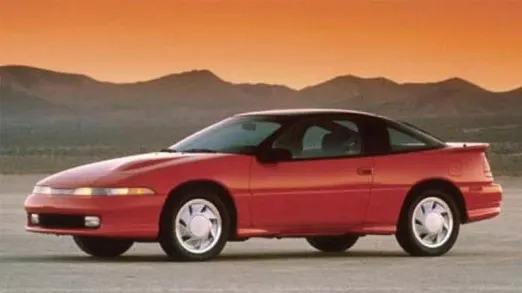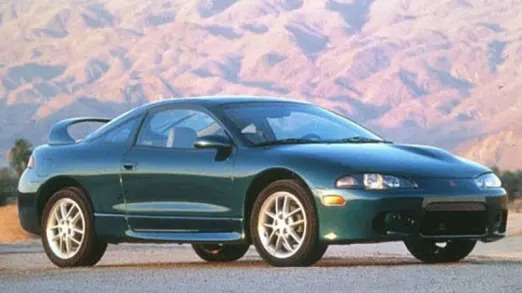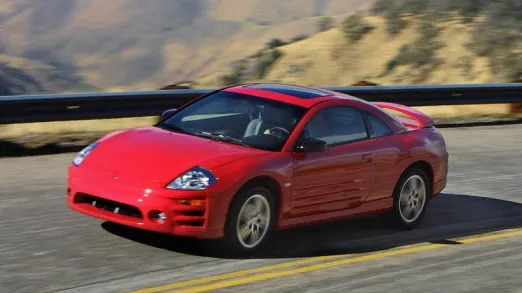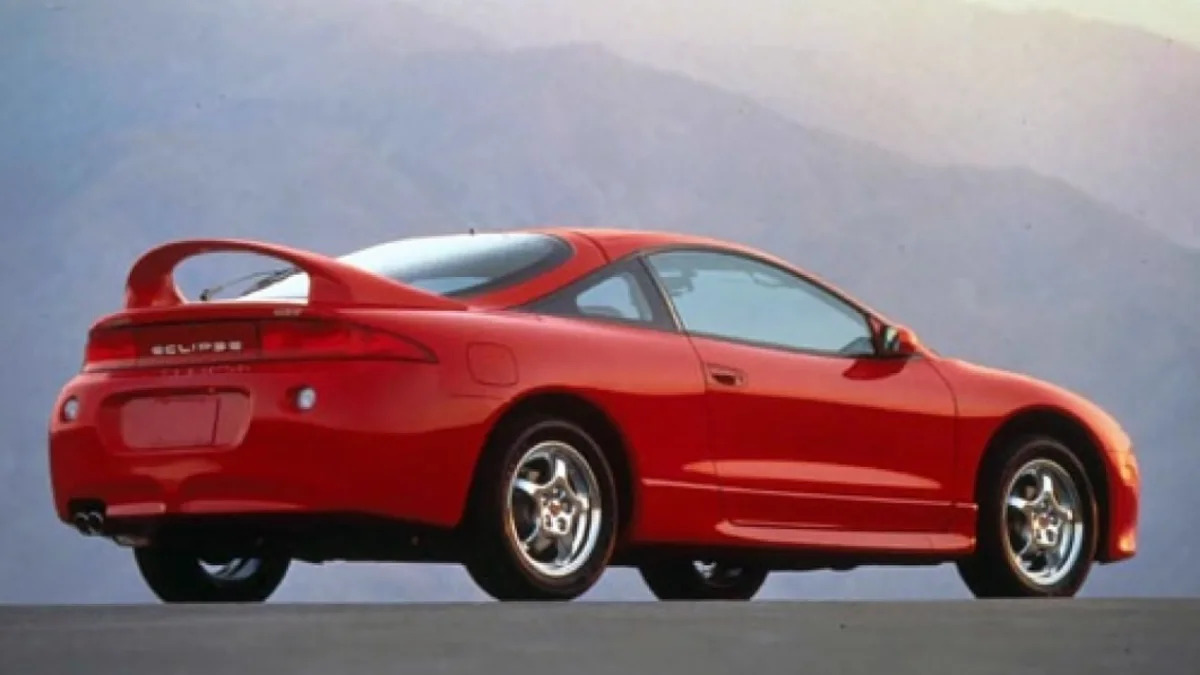It was meant to be a premiere partnership, pregnant with possibilities: the alliance of a pair of global automotive powerhouses from Japan and America. Eventually the merger gave birth to a trio of highly-regarded sports coupes: the Mitsubishi Eclipse, the Eagle Talon and the Plymouth Laser, cars developed by the company that became Diamond-Star Motors.
Although DSM’s beginnings can be traced back to a flirtation in 1970, when Chrysler Corporation took a 15-percent stake in Mitsubishi Motors, the partnership later culminated in a formal pairing in 1985. It was good timing: Chrysler was emerging from near-bankruptcy; the Japanese company just didn’t have anything to please U.S. buyers, and with government-imposed “voluntary” import quotas, its supply lines were broadly restricted.
Chrysler, looking to expand its lines, built a plant in Normal, Illinois, but, although Chrysler put up half the $650 million for the facility, it left management to Mitsubishi. And the Japanese facilities provided engines and transmissions. By the end of 1989, production of the Diamond-Star triplets — the Laser, Eclipse and Talon — was in full swing.
Why is the Mitsubishi Eclipse a Future Classic?
The Eclipse, supposedly named for an unbeaten 18th-century English racehorse that won 18 races in a row, was the shining star of the line. Because of its long run in series production, the genealogy of the Eclipse is worth discussing. Initially the car, designed at the Mitsubishi Motors North America Design Studio and introduced in 1990, was available in four trim levels: Eclipse, Eclipse GS, Eclipse GS-T (Turbo) and Eclipse GSX.
It evolved first as a two-door coupe, later as a convertible or liftback, with front-wheel or all-wheel drive, and with engine choices including naturally aspirated fours, turbocharged fours and V6 options. One really needs a scorecard to chart the generations: 1st Gen (1990-1994), 2nd Gen (1995-1999), 3rd Gen (2000-2005), and 4th Gen (2006-2012). Before the Eclipse…well, was eclipsed, buyers of the third and fourth-gen cars could specify a 3.8L V6 engine as well as a four. This swank 2+2 sports car and its nearly identical cousin, the Eagle Talon TSi, emerged as hot rods for the Nineties, and tuners gave them full props for power.




A DSM history in Grassroots Motorsports put it thusly: “Quite simply, the turbo cars were among the fastest four-cylinder cars on the planet, and a pure performance bargain, too. Straight from the dealer, they could hit 140 mph and turn a quarter-mile in a tick under 15 seconds. With all-wheel-drive, they could hold on, too, as nothing short of an Audi quattro offered a comparable drivetrain — yet the Diamond Stars would outrun a quattro. For that matter, a top-line, turbo DSM would walk away from contemporary Mustangs and IROC Camaros, embarrassing many a V8 driver. With four wheels scrambling for traction, the little coupes could even out-sprint a ‘Vette up to about 30 mph.”
Enthusiastic praise indeed. Demand was on the boil. Output at the Normal plant increased yearly. Originally, the AWD Talon was to be the only Eagle car produced, but a front-wheel-drive model was added.
Relations were often contentious between the two manufacturers. Chrysler sold out its share of the Normal plant in 1991, and DSM was renamed Mitsubishi Motors Manufacturing America (MMMA) on July 1, 1995. The slow-selling Laser was discontinued, the Eclipse moved upscale in its second generation released in that year, with a lower, wider body and enhanced turbos.
But by the century’s turn the Eclipse has lost some of its edge, even though it continued to offer a 3.8L V6 engine. It lost all-wheel drive, and by 2012 the sleek coupe was discontinued.
What is the ideal example of the Mitsubishi Eclipse?
Since the DSM coupes were fairly long-lived, a good selection of used are found in listings on Autoblog and elsewhere. If we limit choices to the Eclipse, prices range from about $6,000 up to $15k for a high-end, lower-mileage model.
At the time of writing, our own classified section displayed offerings of more than 120 Eclipse models.
Filtering the specs, you need to choose between automatic or manual transmissions. As outlined above, the engine options are somewhat more complicated, involving picking a naturally aspirated four-cylinder, a turbo, or a V6. A convertible Eclipse Spyder GS-T was offered, as well.
If you want the ultimate Eclipse, the 210-horsepower turbocharged GSX model with all-wheel-drive from 1995-1999 is the way to go.
Be sure to check out our used vehicle listings; they can be helpful for finding a good deal. You can narrow the options down by a radius around your ZIP code, and be sure to pay attention to the deal rating on each listing to see how a vehicle compares with others in a similar area.
Are there any good alternatives to the Mitsubishi Eclipse?
If the Eclipse version wasn’t your cup of saki, there’s the Talon/Laser options. If those didn’t work, there were Audis, the BMW 3 Series, and a couple of darlings from Volkswagen, the Corrado and Scirocco (and GTI). Always lurking in the background in this category, there’s the sexy but much tamer Mazda Miata.


Sign in to post
Please sign in to leave a comment.
Continue